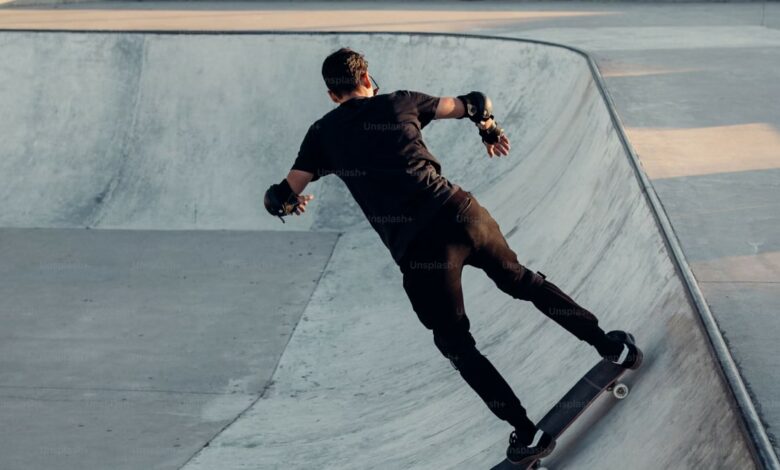Math reveals secrets to gaining height on a halfpipe

A recent study shows how skateboarders can use mathematical insights to increase their speed and height on halfpipes. Florian Kogelbauer, a mathematician from ETH Zurich, and his research team investigated how specific movements influence a skateboarder’s performance on U-shaped ramps. By alternating between crouching and standing in certain areas, skaters can generate extra momentum, leading to higher jumps and faster speeds. This research, published in Physical Review Research, could lead to more efficient techniques for skaters looking to improve their skills.
Modeling momentum on halfpipes
The investigation was published in the American Physical Society Journal. The technique of ‘pumping’, or alternating between squatting and standing, is essential for building speed on halfpipes. Kogelbauer’s team created a model to show how the body’s center of mass affects motion on an incline, much like the mechanics of a swing. In their calculations, they found that crouching while going downhill and standing while going uphill helps skaters gain height more effectively. This rhythm, the team suggests, could help skaters reach greater heights on the ramp in fewer movements.
Testing the theory with real skaters
To test the validity of the model, researchers observed two skateboarders as they navigated a halfpipe. They were asked to reach a certain height as quickly as possible. Video analysis showed that the more experienced skater naturally followed the pattern suggested by the model and reached the target height with fewer movements. The less experienced skater, who did not follow the pattern as precisely, needed more time to reach the same height. This contrast suggests that experienced skaters intuitively apply these principles for better performance.
Wider applications beyond skateboarding
According to Sorina Lupu, an engineer at the California Institute of Technology, this simplified model could also have applications in robotics. By demonstrating how minimal adjustments in body position can influence speed and length, this study provides insights that can make robot movements more efficient. For engineers, this research indicates that simple models of human movement can be used to improve robot performance, providing an alternative to complex machine learning models commonly used in robotics.




